All homes, whether new or old, can be energy-efficient. Today, new homes are built with energy efficiency in mind, right from the design stage. Existing homes can be upgraded in any number of ways to reduce energy consumption. Of course, it’s still up to everyone in a home to deliberately create new habits to ensure that a house is using energy as efficiently as possible.
Why should homeowners be concerned about energy efficiency? When we reduce our energy consumption, we save money on monthly utility bills and home repairs. We are also kinder to the environment, reducing greenhouse gas emissions and the size of our home’s carbon footprint. An added benefit is that energy efficiency adds resale value to a house.
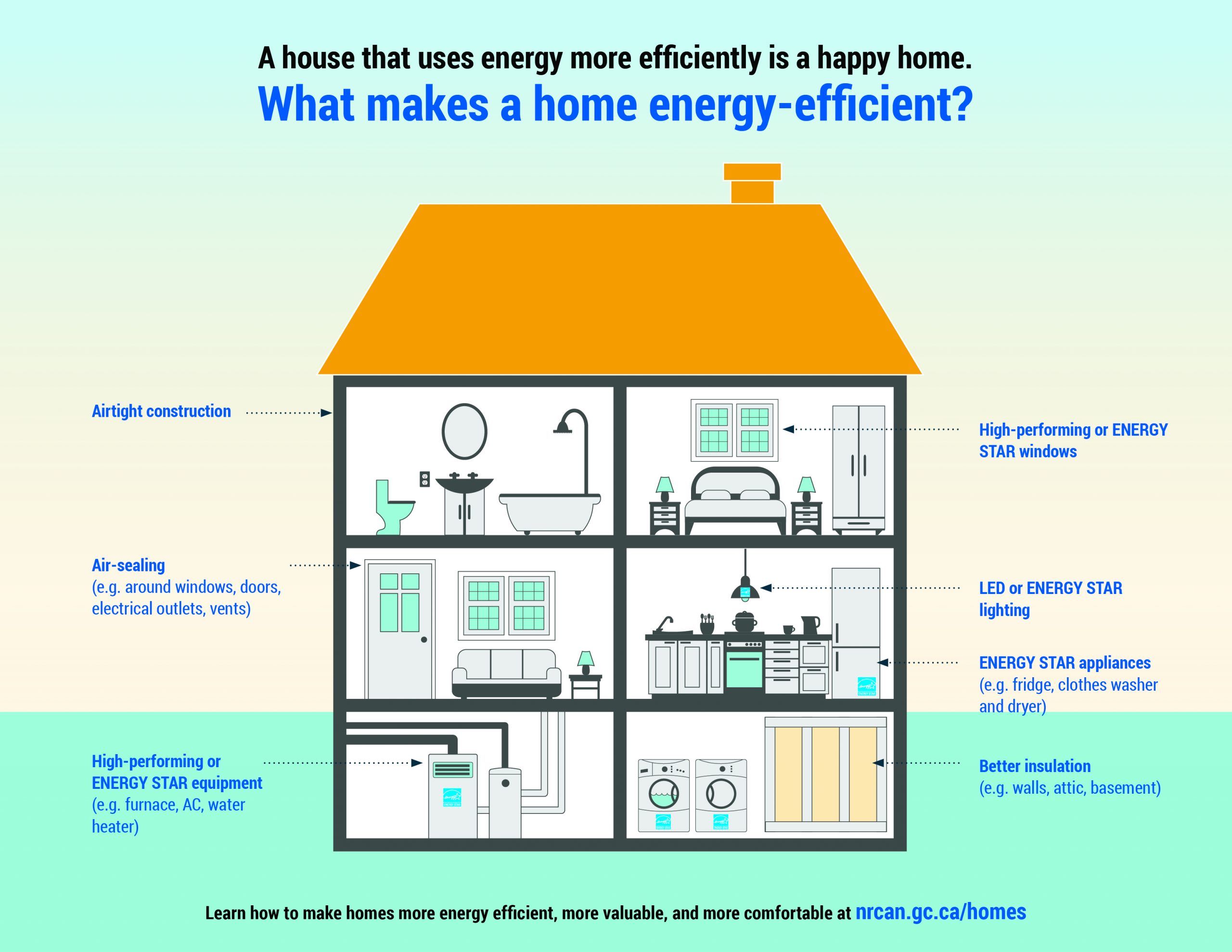
There are three main ways to make a house energy efficient: prevent air from moving in and out of the house, use energy-efficient appliances and equipment, and reduce energy use. This article will take a closer look at these three areas.
Prevent airflow in and out of the house
Air and heat can move directly through or around walls, windows, and doors. How can homeowners avoid this uncontrolled airflow and maintain airtight construction around outside walls?
Air sealing should be done around places like windows, doors, electrical outlets and vents. Insulation, caulking, weatherstripping, and proper windows and doors are some of the best ways to retrofit your home.
Insulation
Insulation uses a layer of material to slow down heat moving in or out of a house. It does this by creating many small pockets of still air, which don’t conduct heat well. To be most effective, insulation should fill the space completely and evenly, and be durable.
Insulation is rated with an RSI value (metric) and an R-value (imperial). The higher the value, the more energy-efficient it is.
Insulation comes in the following forms: spray foam, rigid, fibreglass and rockwool batts, blown, and reflective. For more information on the various types of insulation, please visit our insulation page.
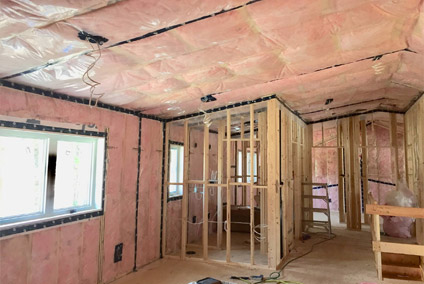
Some of the best places to insulate are:
- a poorly insulated attic
- an empty frame wall
- the basement
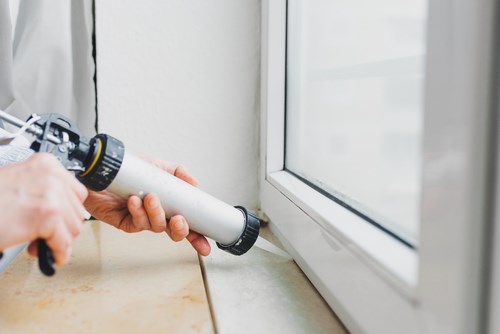
Caulking and Gaskets
Caulking, tapes and gaskets are used to seal joints between building materials that do not move. Caulking fills gaps, cracks, nail holes, and other imperfections on surfaces where moisture can get in and cause deterioration.
Some places that should be caulked are:
- around windows (interior side)
- where trim meets walls, floors and ceilings.
- where the wall and ceiling meet (older houses)
- exterior corners, edges, and under ledges
- exterior trim boards and wood windows
- garage door trim and imperfections on siding
In places where caulking may not be appropriate, gaskets like foam strips or ropes can be used to seal joints behind covers and plates
Weatherstripping
Weatherstripping is used to stop air from leaking around doors and windows. It comes in a variety of shapes, including flat strips, tubes or V-strips) and can work under compression or by sliding along a joint. To be most effective, weatherstripping must close a gap and not allow air to pass.
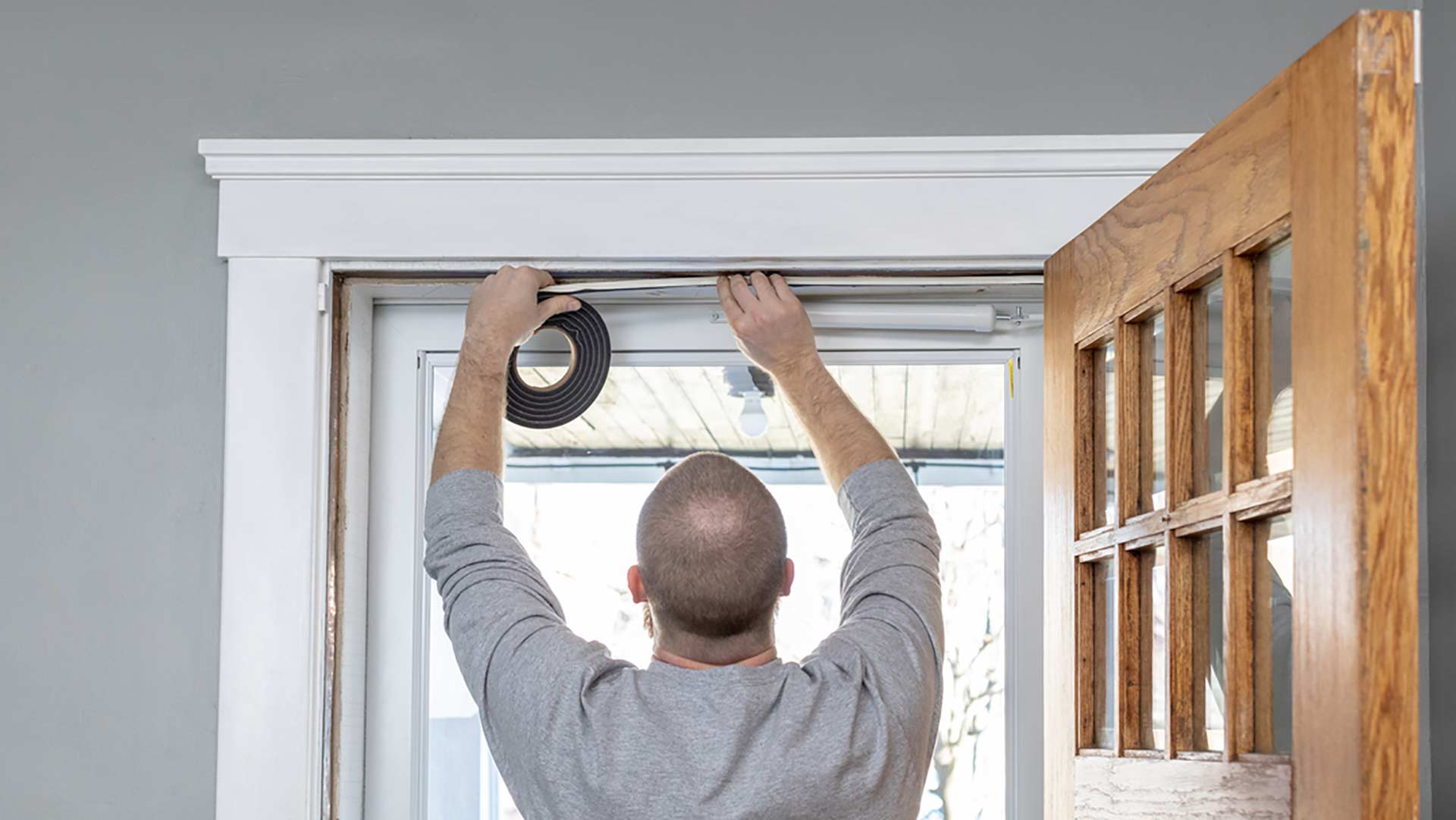

Windows
Windows and doors can account for up to 25% of total heat loss. Windows can often be repaired by retrofitted with caulking and weatherstripping or adding glazing and storm windows
However, the time will come when it is best to replace your windows with high-performance ENERGY STAR® certified windows. If the window frames are still in good condition, inserts (i.e., new sash and glazing units) are a perfectly good choice.
Energy-efficient windows share these characteristics:
- double-, triple- or even quadruple-glazing
- low-emissivity (low-E) glass
- inert gas (argon or krypton) in the sealed unit
- low conductivity or warm-edge spacer bars
- insulated frames and sashes
- good air tightness
Doors
After years of use, shifting foundations and seasonal warping, hinged doors and sliding glass patio doors can often become out of square with their frames. If doors do not fit snugly, it is time to fix or replace the door, frame, hardware, gaskets and weatherstripping.
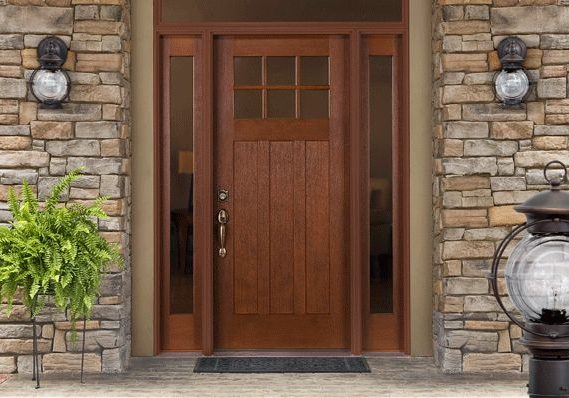
Use energy-efficient appliances
The kind of appliances and equipment we use in our homes makes a big difference in how much energy we use. Today, the highest standard for appliances in Canada is the ENERGY STAR® certification, and it shows that a product is among the most energy-efficient models in its class.
When you buy a new appliance, look for the ENERGY STAR® logo. When purchasing lighting, LED bulbs are very efficient. When buying plumbing supplies, look for low-flow accessories that lower water consumption.
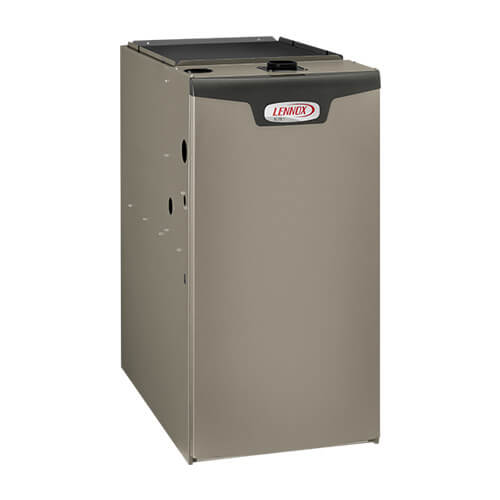
Improve the mechanical systems
Every year, schedule a complete heating and cooling system tune-up, including the distribution system and controls. If you’ve done a lot of work to make your house airtight, you may want to consider installing a smaller capacity, high-efficiency heating and cooling system.
Reduce your energy use
There are many small ways that our homes use unnecessary electricity. Here are some ways to cut down on this energy waste.
Reduce standby power consumption
When electronic devices are in standby or sleep mode, they continue to draw power as they access networks and run clocks, timers and remotes, etc. While this is low-level power use, it can still amount to 5-10% of your electricity bill.
Use smarter power bars
Some power bars come with a timer that turn them off overnight. Others have a master socket for your TV and connected sub-sockets for DVD players, game consoles, etc., that power down when you turn off the TV.
Unplug rarely-used devices
Some appliances and devices you won’t use very often. In these cases, keep them unplugged until you need them next. These might include the toaster oven, printer, guest-room TV and older devices that use AC adapters.
Look for the ENERGY STAR® logo
Electronic devices with this logo use no more than one watt of power in standby mode. You can ask your cable, satellite or internet provider what ENERGY STAR® certified set-top box options they offer.
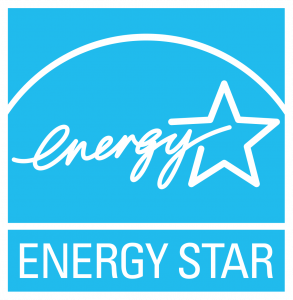
Give your devices a vacation
When you leave on vacation, unplug every non-essential appliance and device in your home.
Use a programmable thermostat
You can manage your heating and cooling more efficiently at different parts of the day and when you’re away with a programmable thermostat.
Incentives to make your home more efficient
A number of incentives are available to Ontario homeowners to make their homes more energy-efficient. These include money back for installing new insulation, windows, skylights, and doors, or a new boiler, furnace, or water heater. Rebates are also given for air sealing cracks in doors, windows, and walls. The available incentives are listed on the Government of Canada website.
Get an expert opinion
If you would like a professional opinion, schedule an EnerGuide home evaluation with an energy advisor. This evaluation will tell you how well your home is performing and include recommendations for retrofitting your home.
The House
Explore the different components of the house.

